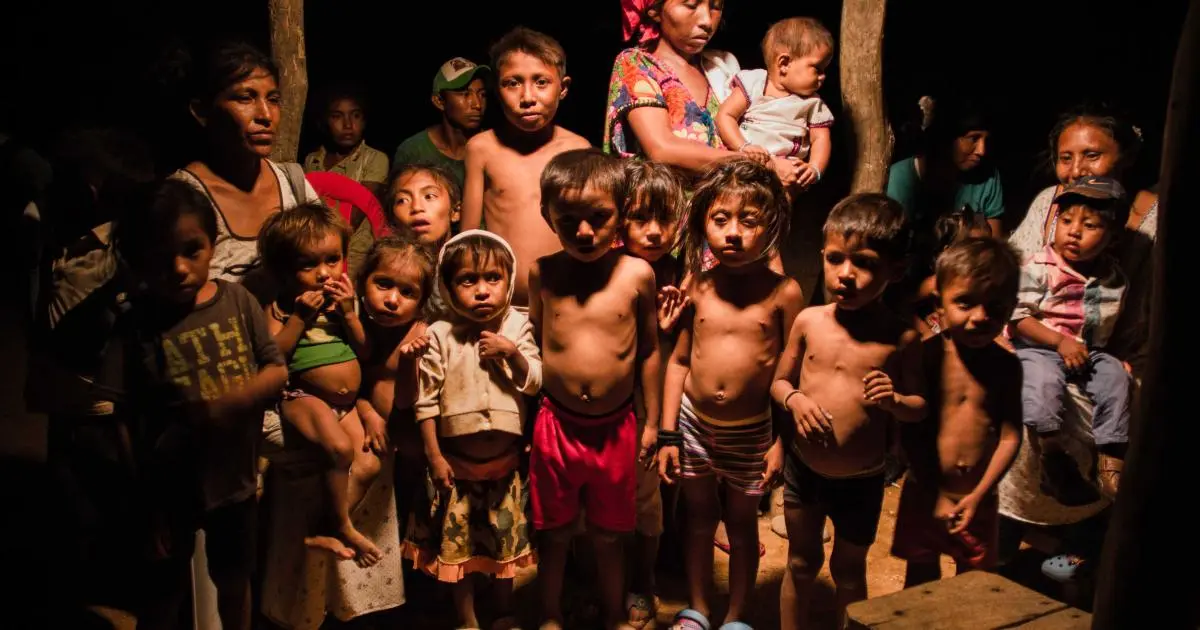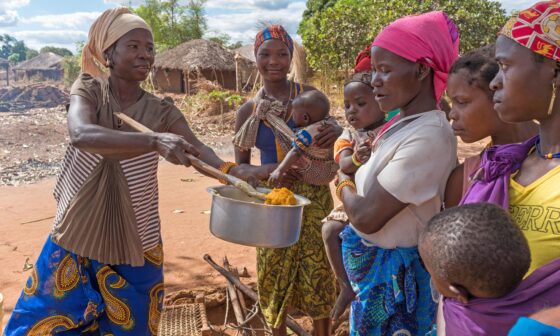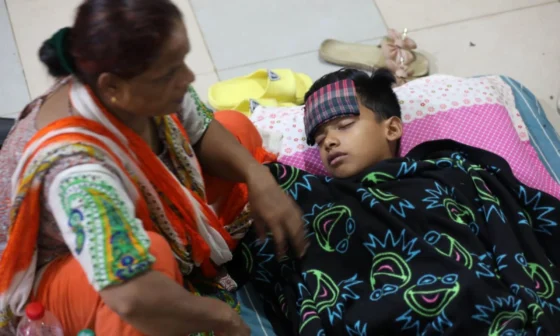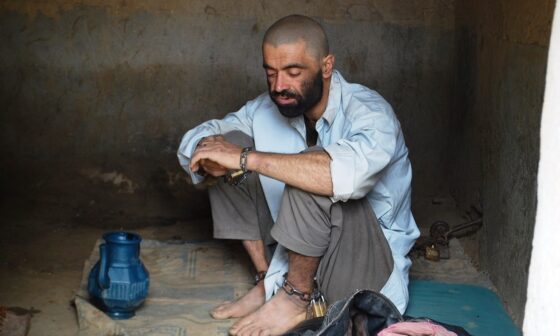Child malnutrition remains one of the most pressing public health challenges in Pakistan, affecting millions of children and threatening the nation’s future development. According to UNICEF, nearly 40% of children under five suffer from stunted growth, while more than 17% are wasted due to acute malnutrition. Poverty, food insecurity, poor maternal health, and lack of awareness about proper nutrition are among the leading causes. Rural areas are especially affected, where families struggle to access balanced diets and essential healthcare services. Malnutrition weakens a child’s immune system, making them more vulnerable to infections like pneumonia, diarrhea, and measles, which can be fatal without timely treatment. Beyond immediate health risks, malnutrition has long-term consequences for cognitive development, school performance, and economic productivity in adulthood. The crisis is complex and deeply rooted in social, economic, and cultural factors, requiring comprehensive community-based solutions.

Hunger in Pakistan: Facts & How to Help | World Vision
A heartbreaking example of this crisis can be seen in Tharparkar, Sindh, where six-year-old Noor was diagnosed with severe acute malnutrition. Her mother, already struggling to feed her five other children, had no access to nutritious food beyond flour, rice, and tea. Noor’s thin, weak frame and sunken eyes were a painful reminder of the community’s widespread food insecurity. After falling ill repeatedly due to her weakened immunity, she was taken to a mobile health clinic run by a local NGO, where she received therapeutic food and medical care. Noor’s condition slowly improved, but many other children in her village did not survive. Stories like Noor’s are tragically common in rural Pakistan, where poverty, drought, and lack of health infrastructure trap families in a cycle of malnutrition and disease.

Poverty- Causes of child malnutrition in Pakistan – is biggest threat to child progress in UNICEF’s
The causes of child malnutrition in Pakistan are multifaceted and interconnected. Poverty remains the biggest driver, as many families cannot afford a diverse diet rich in protein, vitamins, and minerals. Mothers often lack access to prenatal care and nutrition education, leading to low birth weights and early malnourishment. Cultural practices such as early marriage and closely spaced pregnancies also contribute to poor maternal health, which directly affects child nutrition. Inadequate breastfeeding practices, delayed introduction of complementary foods, and lack of clean drinking water exacerbate the problem. Seasonal food shortages, especially in drought-prone areas, worsen the crisis, while poor sanitation increases the risk of diarrhea and intestinal infections, which prevent children from absorbing nutrients. The healthcare system’s limited reach in remote areas further delays diagnosis and treatment of malnutrition, allowing the condition to progress unchecked.

Why are children so vulnerable to famine and other hunger crises?
The long-term impacts of child malnutrition extend far beyond early childhood. Malnourished children are more likely to have impaired cognitive development, leading to difficulties in learning and lower school attendance rates. This creates a ripple effect, as poor educational attainment limits future job opportunities and perpetuates the cycle of poverty. Stunted children are also more prone to chronic illnesses later in life, such as diabetes and cardiovascular diseases, due to their weakened early development. On a national scale, widespread malnutrition reduces human capital and economic productivity, hindering Pakistan’s progress toward sustainable development. Addressing malnutrition, therefore, is not just a humanitarian priority but also an economic and social necessity for the country’s future growth.

Malnutrition’s effects on the body don’t end when food arrives
Community-based solutions offer hope in breaking the cycle of malnutrition. Nutrition education programs targeting mothers and caregivers can improve feeding practices, including exclusive breastfeeding for the first six months and timely introduction of complementary foods. School meal programs have been effective in improving child nutrition in other countries and can be expanded in Pakistan to reach vulnerable communities. Strengthening maternal health services, including prenatal supplements and counseling, ensures healthier pregnancies and babies. Fortification of staple foods such as wheat flour, salt, and oil with essential micronutrients can help address widespread deficiencies. Additionally, improving access to clean water, sanitation, and hygiene (WASH) reduces infection rates that worsen malnutrition. Community health workers play a vital role in early detection of malnutrition, referral to treatment centers, and follow-up care.

Ending malnutrition | World Food Programme
Noor’s story, though tragic, also demonstrates the power of timely intervention. With proper treatment and community support, children suffering from malnutrition can recover and lead healthy lives. However, the goal must go beyond treating individual cases to preventing malnutrition altogether through long-term strategies. Ending child malnutrition in Pakistan requires a collective effort from government agencies, local communities, NGOs, and international partners. By addressing the root causes—poverty, poor maternal health, inadequate food diversity, and lack of awareness—Pakistan can give every child the chance to grow, learn, and thrive. A nourished child is not just healthier but also better equipped to contribute positively to society, making nutrition a cornerstone for the nation’s brighter future.
References
WHO Regional Office for Eastern Mediterranean (2023). “Integrated Strategies to Address Malnutrition.”
UNICEF Pakistan (2023). “Child Malnutrition and Stunting Statistics in Pakistan.”
World Food Programme (2023). “Food Insecurity and Malnutrition in Rural Sindh and Balochistan.”
Pakistan Demographic and Health Survey (2022). “Maternal and Child Health Indicators.”
The Lancet Global Health (2022). “Long-Term Cognitive Impacts of Early Childhood Malnutrition.”
Save the Children Pakistan (2023). “Community-Based Management of Acute Malnutrition Programs.”
Journal of Public Health Nutrition (2023). “Cultural Practices and Their Impact on Child Feeding in South Asia.”
National Nutrition Survey Pakistan (2022). “Food Fortification and Micronutrient Deficiency.”






